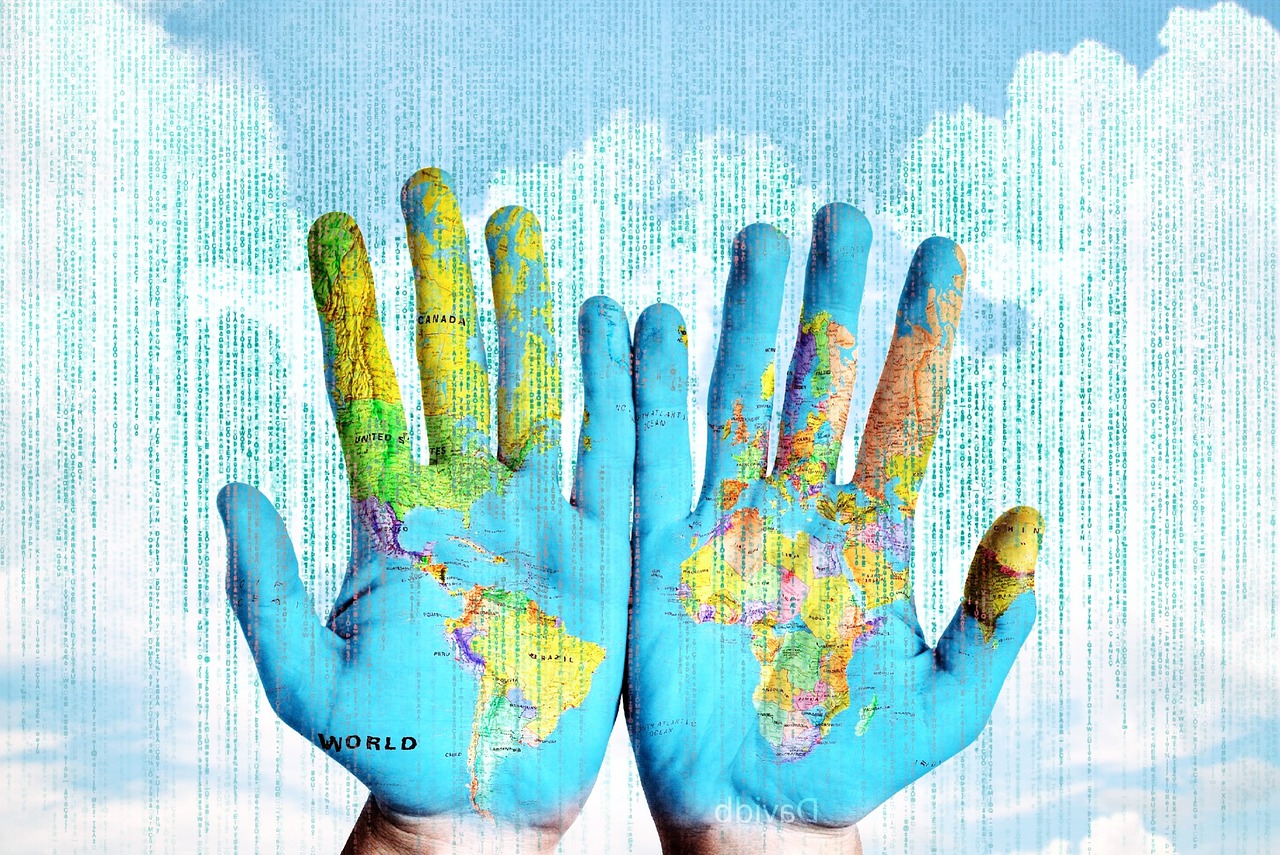Tech and Society: Addressing the Digital Divide
One of the most profound impacts of technology on society is the way it has revolutionized communication. People can now connect with each other instantly, regardless of geographical barriers. Social media platforms have further transformed how individuals interact and share information, shaping cultural norms and behaviors in the process.
Moreover, technology has significantly altered the way businesses operate and market their products and services. E-commerce has enabled companies to reach global markets and streamline their processes, leading to increased efficiency and profitability. The digital landscape has also given rise to new industries and job opportunities, marking a shift in the traditional workforce structure.
Understanding the Digital Divide
As technology continues to advance at a rapid pace, the divide between those who have access to digital resources and those who do not has become increasingly noticeable. This gap, known as the digital divide, encompasses disparities in internet connectivity, access to devices, and the skills needed to navigate the online world.
One of the key factors contributing to the digital divide is socioeconomic status. Individuals from lower-income households often face barriers such as limited access to high-speed internet and personal devices, which can hinder their ability to fully participate in the digital age. Additionally, disparities in digital literacy skills can further exacerbate this divide, as those who are less proficient in using technology may struggle to take advantage of the opportunities it presents.
What is the digital divide?
The digital divide refers to the gap between those who have access to technology and the internet and those who do not.
How does the digital divide impact society?
The digital divide can exacerbate existing social inequalities, as those without access to technology may be left behind in terms of education, job opportunities, and social connections.
What are some ways to bridge the digital divide?
Some ways to bridge the digital divide include providing affordable internet access, increasing digital literacy programs, and ensuring that technology is accessible to all members of society.
How does technology impact society?
Technology has the power to connect people, increase efficiency, and improve quality of life. However, it can also lead to issues such as privacy concerns and job displacement.
What can individuals do to help bridge the digital divide?
Individuals can help bridge the digital divide by volunteering at digital literacy programs, donating old technology to those in need, and advocating for policies that promote equal access to technology.





